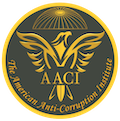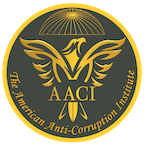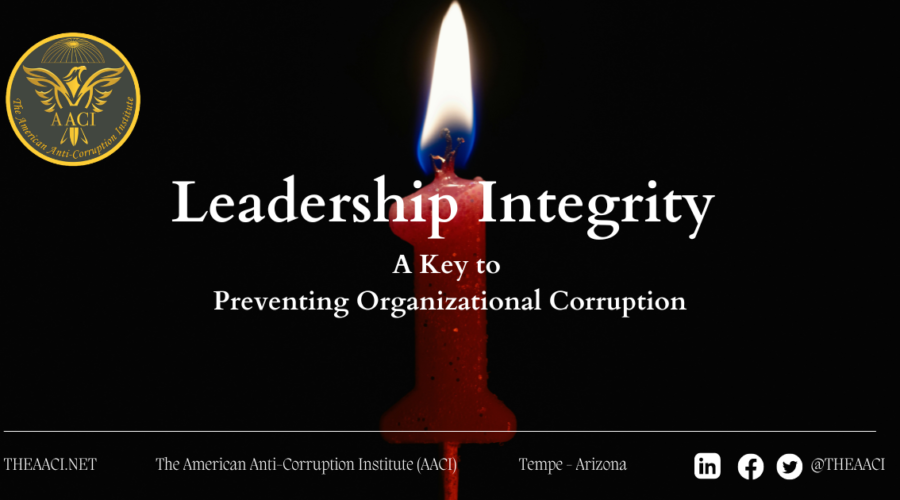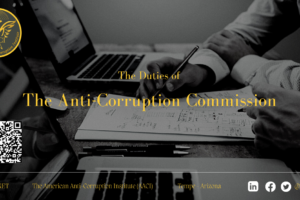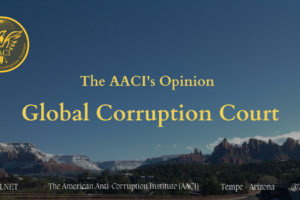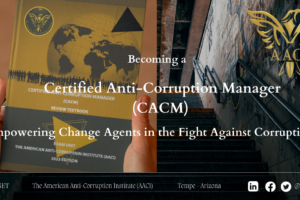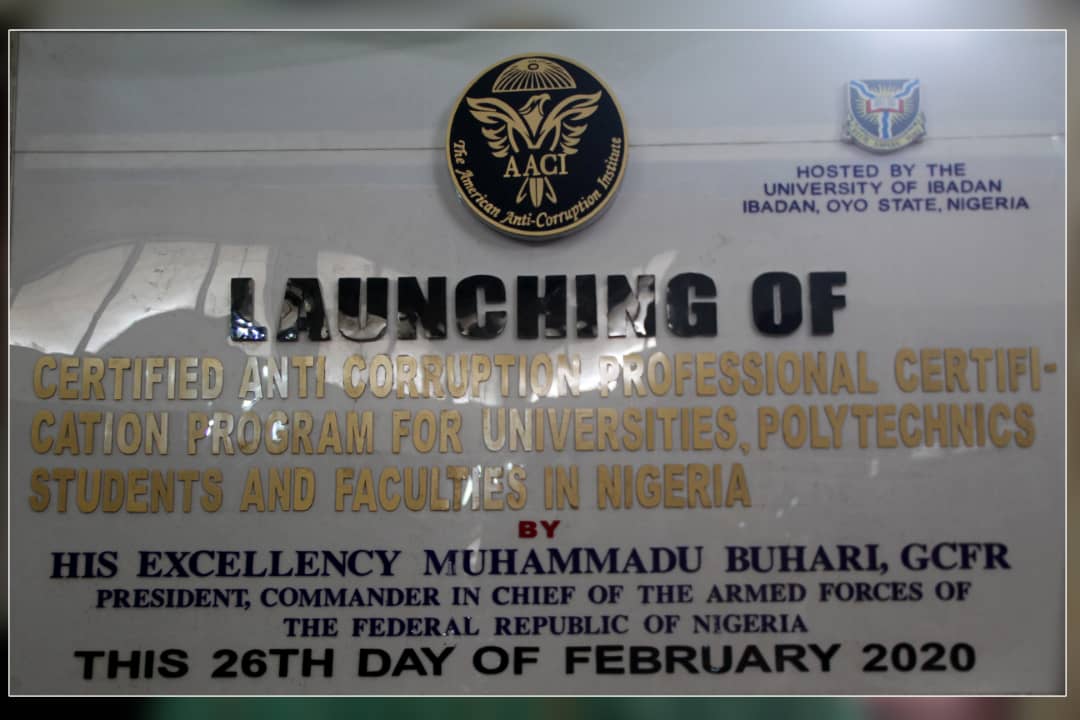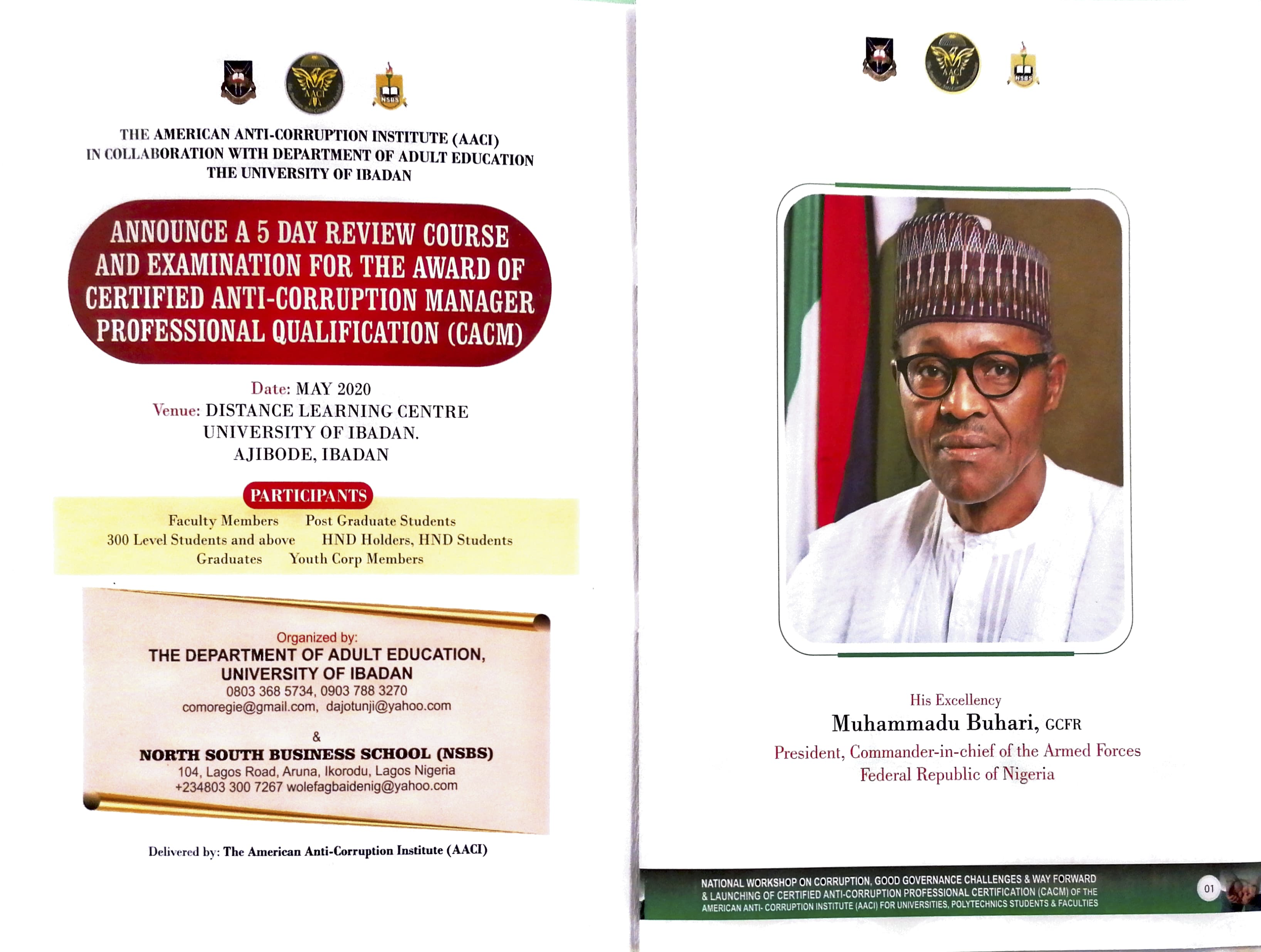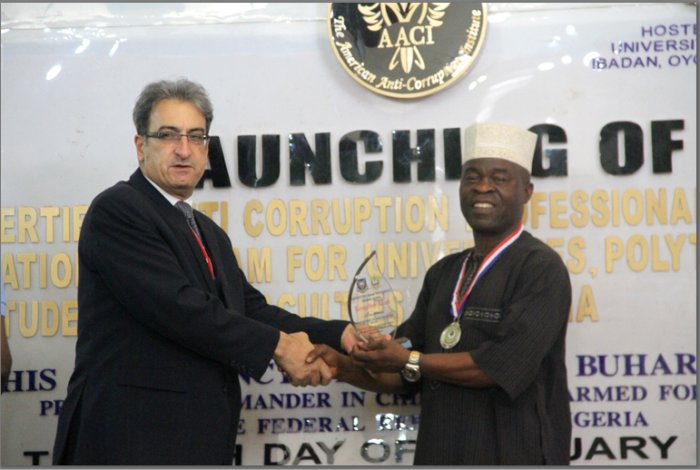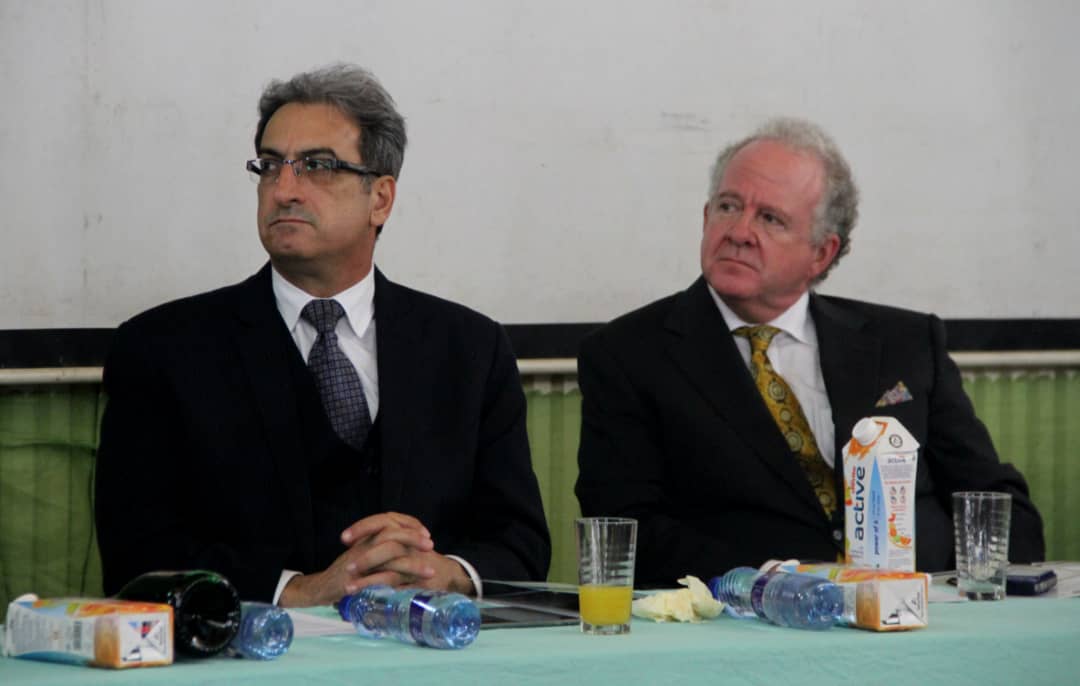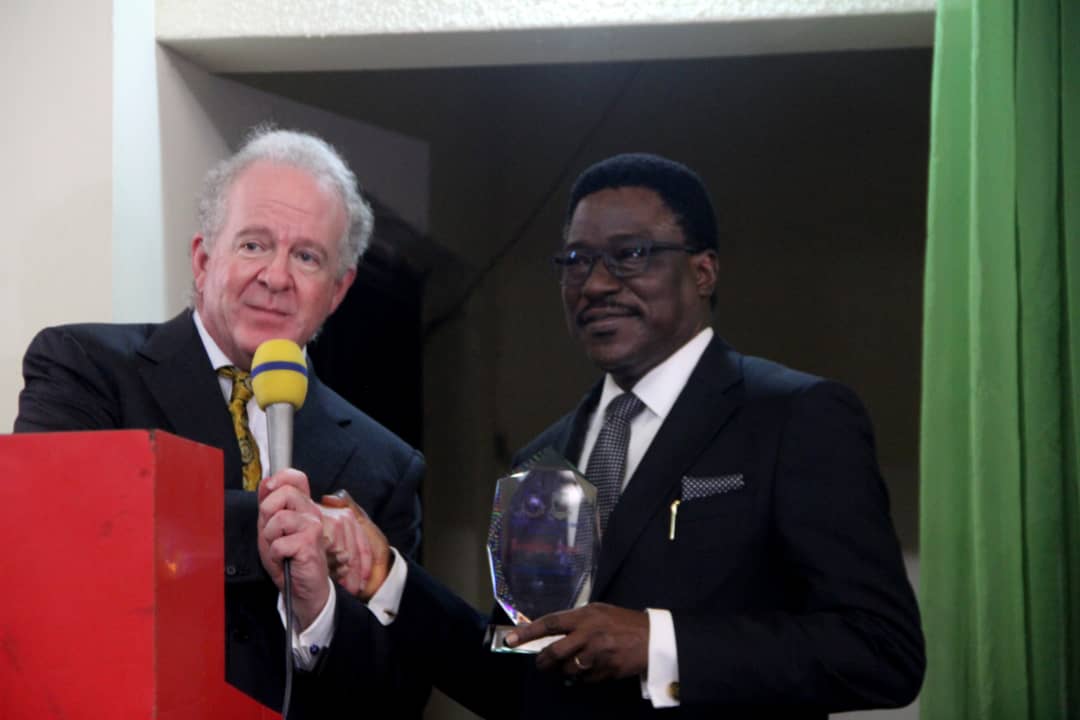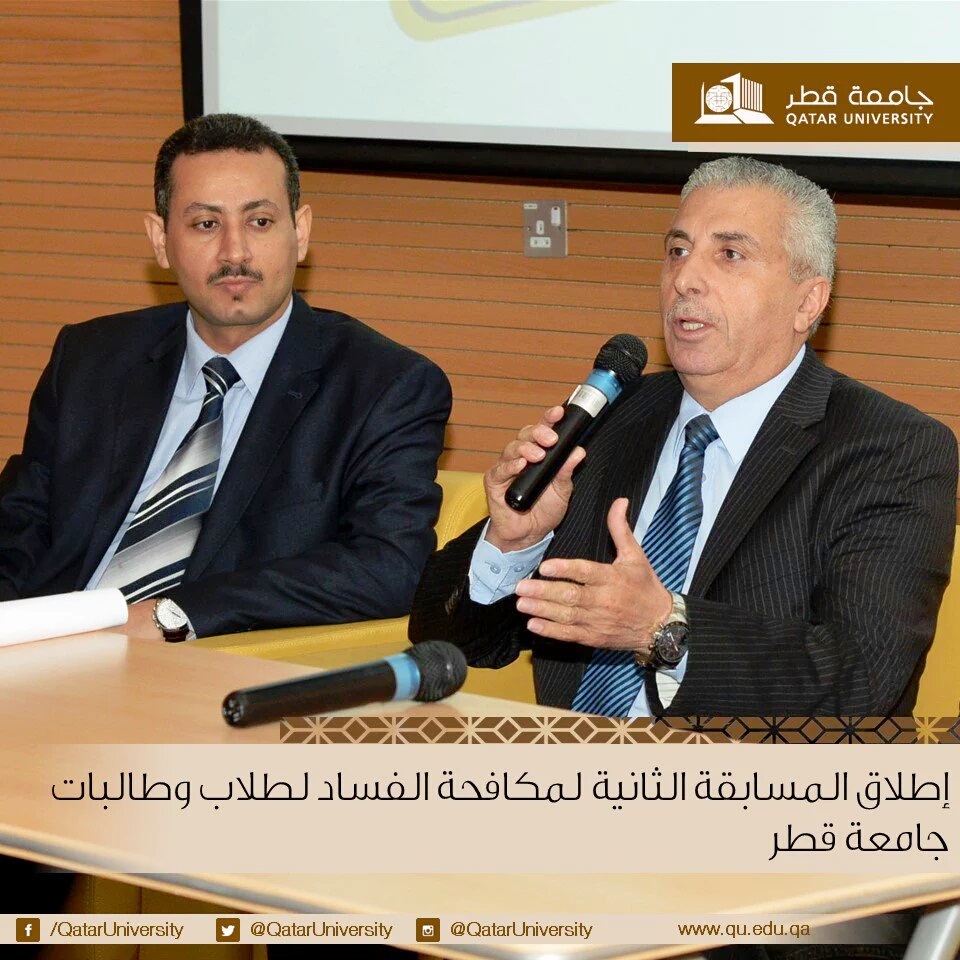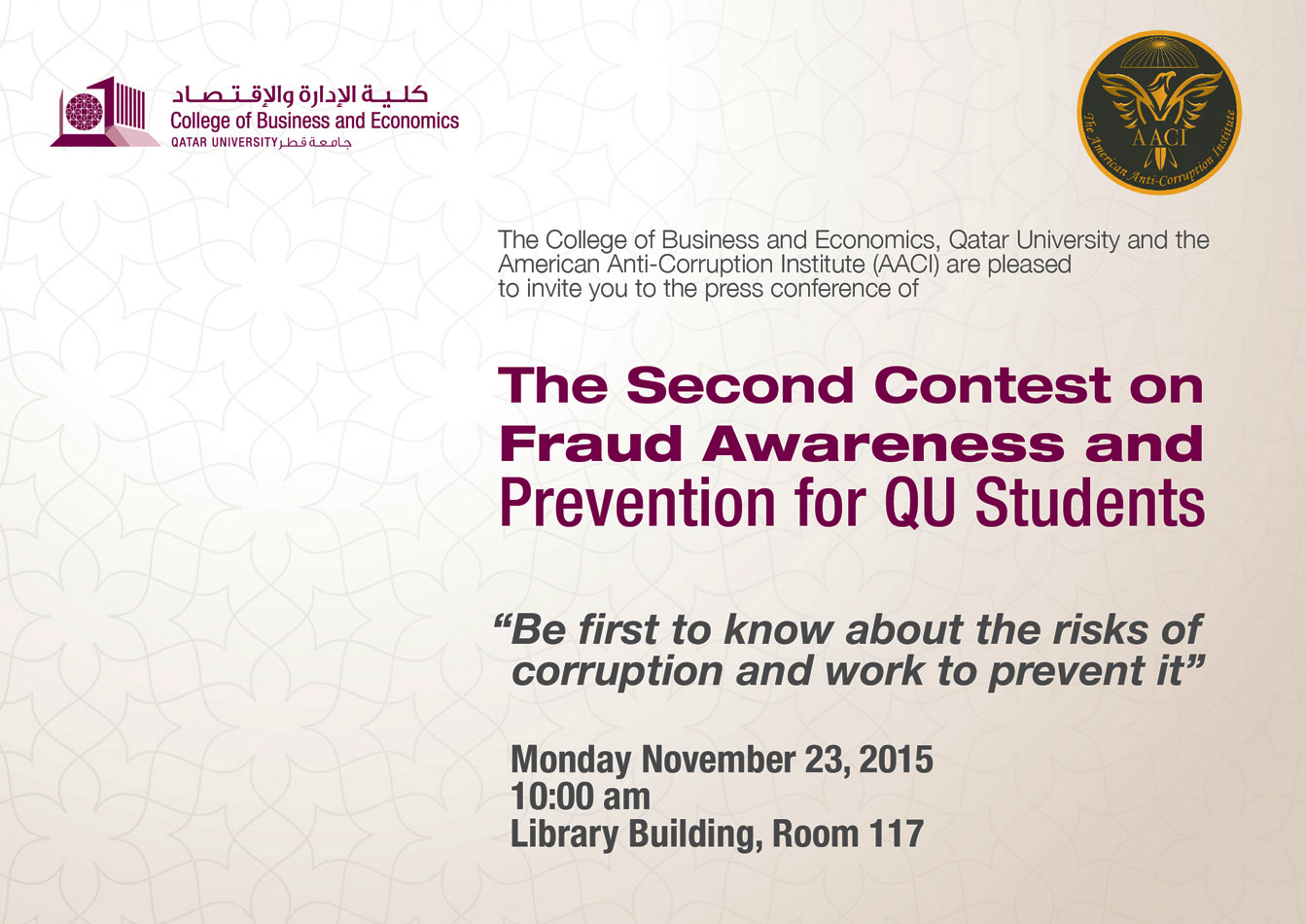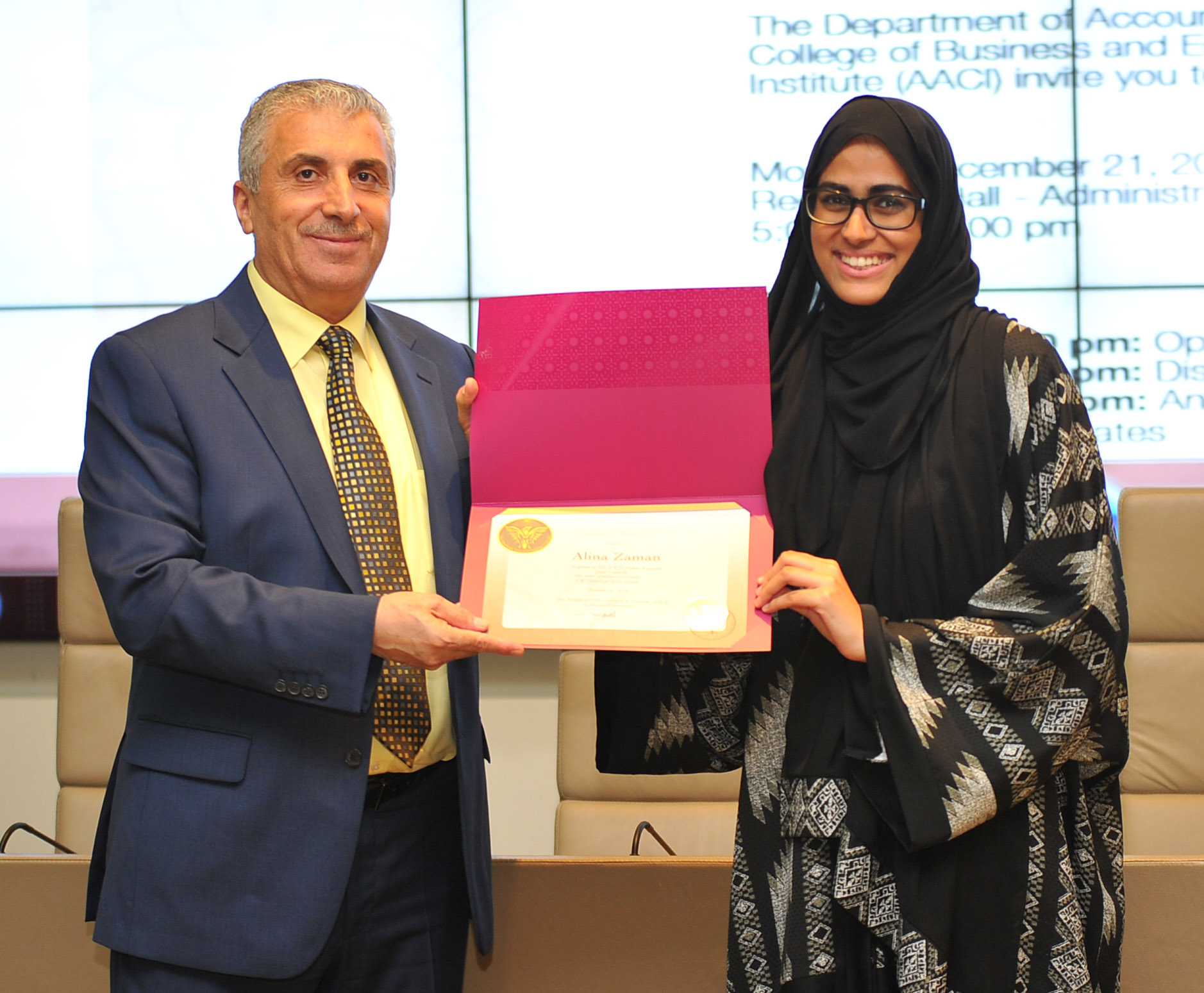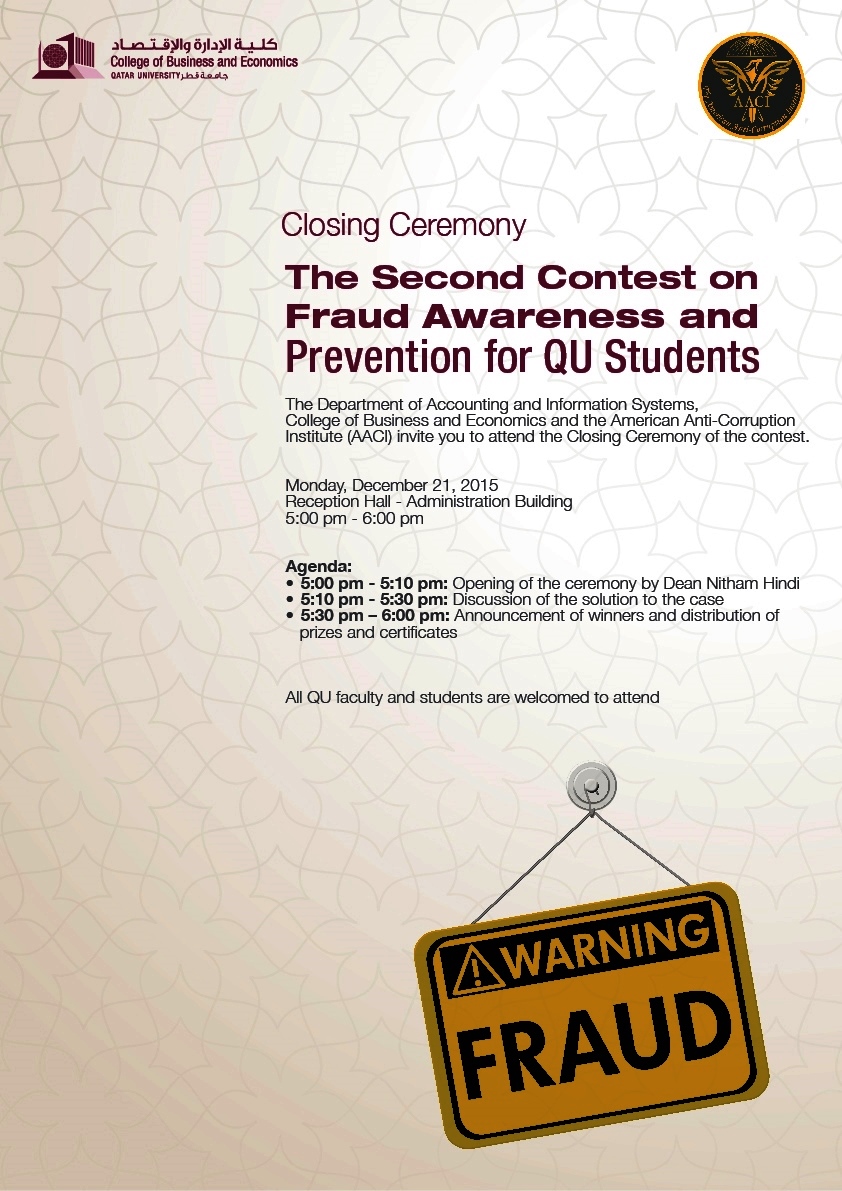September 11, 2024
Technical Staff
The foundation of any organization’s effort to prevent corruption lies in the integrity of its leadership. When leaders embody the principles they advocate, their actions speak louder than their words, setting the tone for the entire organization. Effective leadership is more than just giving directions; it is about living those values daily, and this consistency builds trust throughout the organization.
It’s always evident that leadership by example is the strongest influence in shaping organizational behavior. Leaders who demonstrate high ethical standards encourage the same in their teams. When an executive team is seen holding themselves accountable, employees naturally follow suit. This creates an environment where integrity is expected at every level, establishing a culture of transparency and accountability.
One notable example is Siemens’s case in the early 2000s. After being involved in a large-scale bribery scandal, the company’s new leadership made a concerted effort to rebuild trust by setting a strict tone from the top. The new CEO actively pushed for rigorous internal controls and made ethical conduct a key performance measure for the leadership team. The result was a profound cultural shift that aligned actions with the company’s professed values.
Organizational integrity differs from individual integrity in representing a collective commitment to ethical conduct. This is heavily influenced by the tone set at the top, which shapes the organization’s culture, values, and beliefs. The character of the leadership filters through the organization, creating a standard that reflects on every employee and decision-making process. If this standard is compromised, it weakens the entire organization’s defenses against corrupt practices.
Leadership positions demand integrity as a core qualification. Whether it’s the CEO, CFO, board members, ministers, or elected officials, a high standard of moral character is essential. Without it, leaders are vulnerable to external pressures and may succumb to corruption. A lack of integrity in leadership not only invites internal problems but also risks the organization’s reputation and long-term sustainability. Those who fail to demonstrate strong integrity cannot be relied upon to navigate the pressures inherent in running an organization. It is often better to part ways with individuals who display low ethical standards, as their presence can compromise the entire organization’s ability to resist corruption.
Leadership integrity does come with its costs—holding firm in the face of ethical dilemmas and external pressures isn’t always easy. However, the benefits far outweigh the challenges. Organizations led by individuals of strong moral character tend to achieve long-term success in areas such as profitability, sustainability, product or service quality, and their standing in the community. In contrast, organizations that tolerate weak integrity may see short-term gains but are likely to suffer in the long run due to reputational damage, legal consequences, or financial instability.
Ultimately, integrity at the top is the cornerstone of any organization’s corruption prevention strategy. Without it, efforts to prevent corruption will always fall short. Leaders must exemplify the values they want to see throughout the organization. This sets the stage for lasting success and ensures that the organization’s integrity remains intact, regardless of external pressures.
References
The CEO of Siemens on using a scandal to drive change. (2014, August 1). Harvard Business Review. https://hbr.org/2012/11/the-ceo-of-siemens-on-using-a-scandal-to-drive-change . Accessed on September 11, 2024
Photo by engin akyurt on Unsplash
